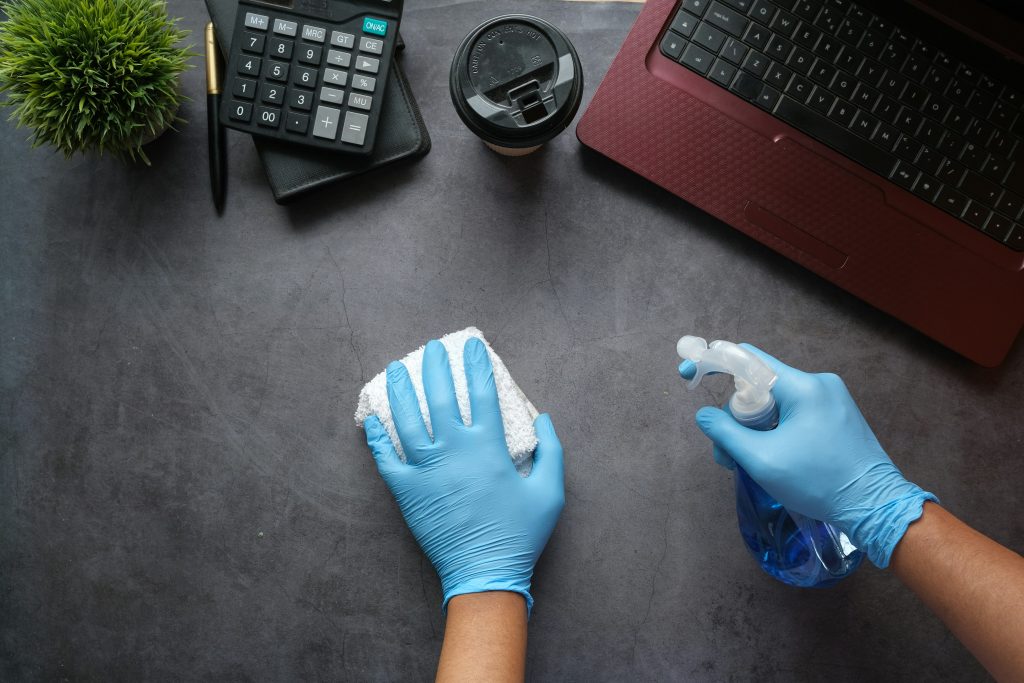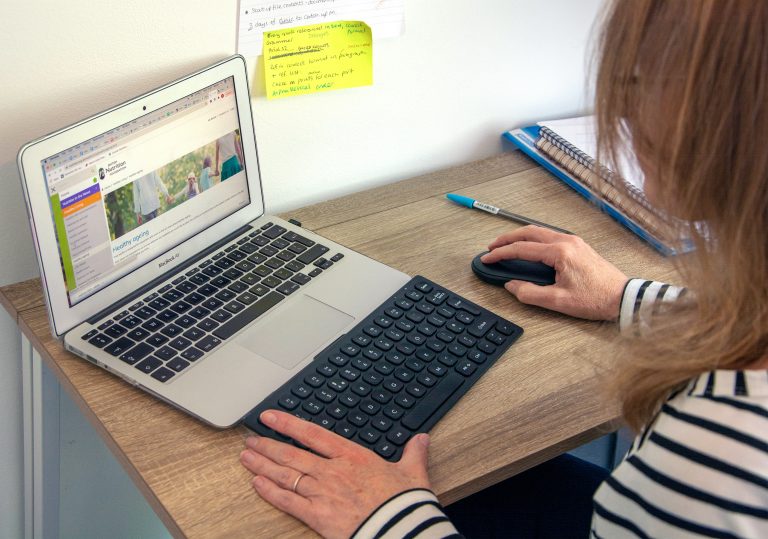Cyber Hygiene: What It Really Means in 2025
2 What is Cyber Hygiene?
Think of cyber hygiene like personal hygiene—but for your digital life. It’s a set of ongoing practices and habits that keep your devices, data, and identities secure from threats.
In 2025, cyber hygiene means more than just antivirus software—it’s about a proactive, layered defense against evolving threats like AI-powered phishing, ransomware-as-a-service, deepfakes, and smart device vulnerabilities.
3 Core Pillars of Cyber Hygiene in 2025
4 Identity Hygiene
1 Passkeys > Passwords: Passwords are being phased out in favor of biometric logins and FIDO2 passkeys.
2 Multi-Factor Authentication (MFA) is a must, preferably using app-based or biometric factors.
3 Identity Verification: More services require periodic re-verification (especially in finance and healthcare).

5 Device Hygiene
1 Keep all devices updated—phones, laptops, routers, IoT gadgets.
2 Use endpoint protection that includes behavioral monitoring (EDR/XDR).
3 Turn on auto-patching where possible.
6 Data Hygiene
1 Regularly back up critical data (cloud + local copies).
2 Use encryption for sensitive files and communications.
3 Audit data sharing permissions (apps, cloud storage, smart devices).
7 App & Cloud Hygiene
1 Review app permissions, especially for AI apps and browser extensions.
2 Use zero trust principles even at home: limit what apps can access.
3 Segment your cloud accounts (e.g., separate personal & work drives).
8 Behavioral Hygiene
1 Be aware of AI-powered social engineering (e.g., deepfake voice phishing).
2 Don’t click links from unknown sources—even if they look real.
3 Verify digital content (images, videos, audio) with authenticity tools.

9 Emerging Trends Shaping Cyber Hygiene
10 Cybersecurity-as-a-Service
Many users now subscribe to services that manage device protection, password management, VPNs, and breach monitoring in one dashboard.
11 AI Security Assistants
AI tools that scan for suspicious activity, recommend actions, and automate threat mitigation.
12 Digital Literacy Training
Schools and employers focus on training users to recognize scams, configure security settings, and verify identity/authenticity online.
13 Smart Home Hygiene
As smart homes become more connected, cyber hygiene extends to:
1 Updating firmware for smart appliances
2 Isolating IoT devices on separate networks
3 Disabling unused features like remote access or cameras
14 Personal Cyber Hygiene Checklist (2025 Edition)
1 Use a password manager (or passkey-compatible systems)
2 Enable MFA everywhere
3 Review app and data permissions monthly
4 Regularly update devices, OS, and software
5 Back up your data securely and often
6 Install next-gen security tools with phishing protection
7 Watch out for AI-generated scams and fake content
8 Use secure networks (VPN if needed)
9 Stay informed about the latest threats
10 Practice digital minimalism—less exposure = less risk
15 Why It Matters Now More Than Ever
In 2025:
1 Cybercrime is a $10+ trillion industry
2 Threat actors use AI, automation, and zero-day marketplaces
3 Even everyday users are targets (not just big businesses)
Cyber hygiene isn’t optional—it’s your digital immune system.
And just like brushing your teeth, doing it daily keeps the bad stuff away.






